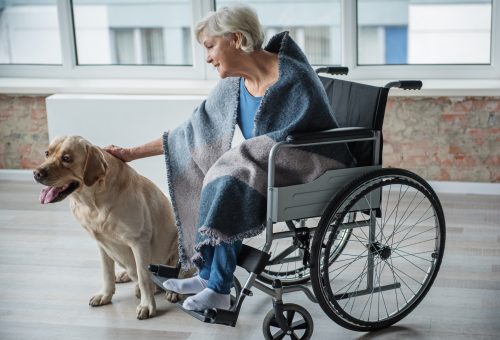5 Traits Frailty Syndrome
I’m falling into disrepair.
~Anne Tyler
Aging in Place
The Frailty Syndrome: 5 Traits
- Weight Loss > 10 lbs over a year
- Frequent Exhaustion
- Lower Levels of Activity
- Slow Gait
- Poor Grip Strength
Source: Dr. Linda Fried, Johns Hopkins
Fundamental Problems with Frailty
~It’s Age-Related 4 out of 10 ‘Frail’ are > 85 yrs. old
~Lack of a “physiological safety net” to bounce back from infections and injuries
~Medical System is not equipped well to deal with frailty; system design is Reactive
~Loved ones become Collateral damage and get pulled down by the frail elder
Good News: Frailty is not necessarily a given with old age!
Practical Suggestions to Combat Frailty:
- Cultivate Psychological Resilience(“Self-efficacy”)
- Find A Purpose (meaning making)
- Simple basic good nutrition and adequate sleep
- Body Movement i.e. Feldenkrais Method (Awareness Through Body Movement)
- Exercise (affiliate)for Older Adults
- Build Social Capital by Nurturing Community
(Ideas from The Challenge of Treating ‘Frailty’ by Richard Gunderman The Atlantic)
Ponder this;
Most older adults don’t want to burden others with the opportunity cost of Frailty. This often means time off work or away from other commitments for ‘informal’ caregivers. Time spent in caregiving could have been invested in other activities with parents, like travel or time with friends/family if frailty could be postponed or avoided altogether. Avoid the path of frailty, it’s the road to Premature Institutionalization.
Take home message:
You can take the time to be fit, or you’ll have to make the time to be frail.
~Patrick Roden PhD
________________________________________________________________________________________________
Building resilience over a lifetime is important. Carving out time to take care of yourself by being physically active and socially connected during life transitions is an important part of developing resilience.
Three ways to boost your resilience:
- Physical: Be active. Adults in our study who were more resilient reported higher levels of physical activity. Walking was listed as the top activity that resilient people participate in to help cope with stress. Whether it’s taking a walk, exercising, doing yoga or playing sports, being active is associated with resilience.
- Social: Stay connected to your friends and family. The most resilient adults in our study reported higher rates of spending time or talking with friends and family. Are there friends and family you are close to and have important conversations with? Keep those connections strong. Whether it’s talking on the phone, meeting for a meal, or just hanging out, talk to the people in your network you rely on and who support you.
- Personal: Develop the inner qualities that build resilience. Resilience is comprised of 5 key elements: family and social networks, perseverance, coping, locus of control (belief in your ability to control the situation) and self-efficacy (a belief that you can manage through difficult situations). In our research, we found that the most resilient adults reported a high level of self-efficacy. They are confident that they can deal with the stressors they face during life events.
(Source theheartford.com)
5 Tips/Advice from Marij Nurse Turned Writer
- Make sure your mother takes her pain medications. A big issue is older people resisting their pain meds thinking that they can manage. The problem is, if she is having pain, she’ll be less likely to move around like she needs to be.
- Encourage good nutrition. Your mom may not have much of an appetite, so it’s important that what she does eat, and drink is healthy. Try getting her to eat small amounts several times a day instead of three big meals a day; of course, because of her diabetes, you should speak with a dietitian to be sure that this would be a good move for your mother.
- Watch her wound’s healing. Many people with diabetes are slower to heal so keep an eye on the wound. If it starts to look red, swollen or feels warm, get it looked at ASAP, to make sure there’s no infection.
- When getting your mother to move around, be sure she has lots of support in case she becomes weak suddenly or trips. You don’t want her to fall.
- As she is likely going to be spending more time sitting and lying down, have her skin checked regularly to be sure she doesn’t get any pressure sores. If you find an area that remains red after the pressure has been removed, it’s important that this spot not get any more pressure, so the skin can heal. This is how pressure sores start.
If you can keep your mom eating and drinking well, taking her medications and moving about, you’re really doing a lot to help her.
Good luck!

